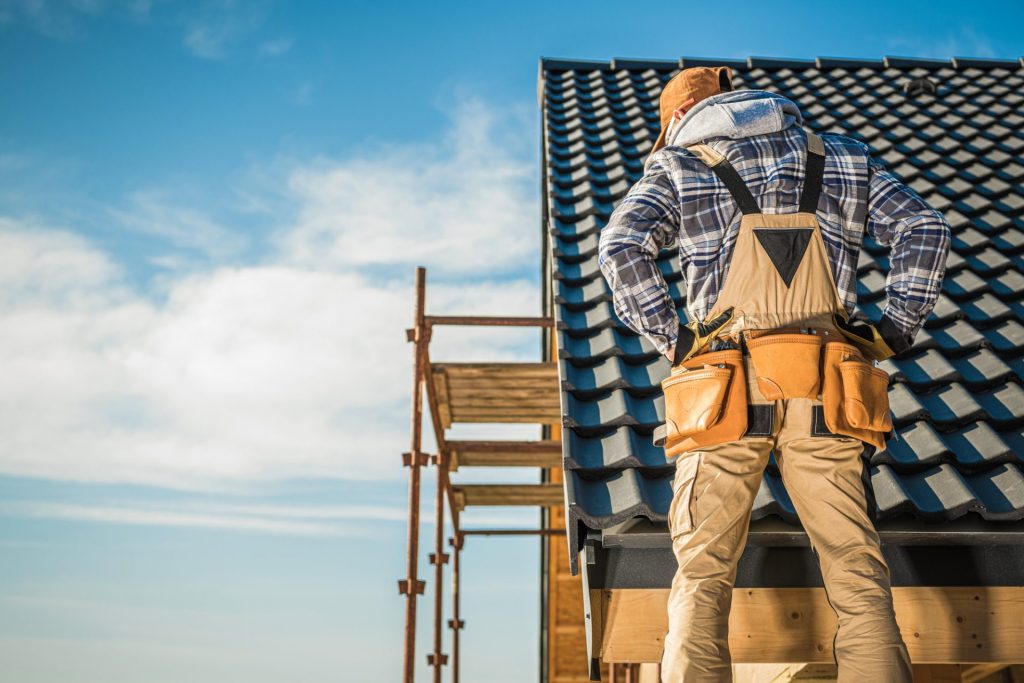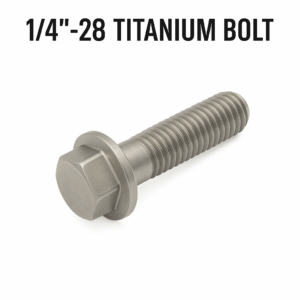By KingsMG – Precision Redefined in Metal Manufacturing
Why Laser Etching?
Laser etching has become one of the most powerful yet underutilized tools in modern manufacturing. Many fabricators still rely on traditional etching methods, missing out on the unmatched precision, speed, and design flexibility that laser technology offers.
At KingsMG, we believe that to create high-quality sheet metal components that truly stand out, precision is everything. Laser etching enables you to produce fine details, intricate patterns, and permanent marks with extreme accuracy — all while improving production efficiency and consistency.
This guide explores the role of laser etching in sheet metal fabrication, how it works, and why it outperforms conventional etching techniques.

The Role of Precision in Sheet Metal Fabrication
Precision lies at the heart of every successful fabrication process. Each stage — from design and cutting to forming and assembly — demands absolute accuracy. Even the smallest deviation can lead to costly errors or structural failure.
Here’s why precision is non-negotiable in sheet metal fabrication:
-
Quality: Small errors can cause defects or misaligned components.
-
Functionality: Poorly fitting parts may compromise a product’s performance or safety.
-
Efficiency: Precise fabrication reduces rework and accelerates assembly.
-
Safety: Accurate fitting reduces the risk of malfunction and potential hazards.
-
Aesthetics: High-precision fabrication enhances surface finish and visual appeal.
At KingsMG, we integrate laser etching as a core part of our precision workflow to ensure every part we produce meets the highest standards of quality and consistency.
Importance of Laser Etching in Fabrication
Laser etching is a process that uses a focused laser beam to mark or engrave designs directly onto a material’s surface — whether it’s stainless steel, aluminum, titanium, or other metals.
Because the laser is computer-controlled, it follows exact digital patterns with pinpoint accuracy. This makes laser etching ideal for labeling, decorative designs, traceability marks, or branding.
Key benefits include:
-
Consistency: Identical results every time, even with complex geometries.
-
Sharp Edges: Clean, precise lines without distortion or burrs.
-
Speed and Efficiency: Faster production cycles with minimal waste.
-
Versatility: Works on metals, plastics, ceramics, glass, and more.
Laser etching has revolutionized the way KingsMG produces metal components — combining speed, precision, and design freedom like never before.
The Sheet Metal Fabrication Process
Before we dive deeper, it’s worth reviewing the basic steps of sheet metal fabrication and where laser etching fits in.
-
Cutting: Sheets are divided into specific shapes or parts using laser cutting, waterjet, or punching.
-
Deformation: The sheets are bent, rolled, or stamped into form.
-
Assembly: Parts are welded, soldered, or fastened together.
-
Finishing and Marking: Laser etching is applied for identification, branding, or decorative purposes.
By integrating laser etching at the finishing stage, KingsMG ensures every product not only performs flawlessly but also carries a precise, permanent, and professional mark.
Comparison of Traditional Etching Methods vs. Laser Etching
| Aspect | Traditional Etching | Laser Etching (KingsMG Standard) |
|---|---|---|
| Process | Uses chemical or acid-based solutions to remove material. | Uses a focused, computer-guided laser beam for non-contact precision. |
| Precision | Prone to uneven edges and surface inconsistencies. | Delivers crisp, clean edges and intricate detail. |
| Speed | Slower process requiring multiple steps. | Rapid, automated operation for faster turnaround. |
| Material Limitations | Limited to metals like copper or brass. | Works on a wide variety of materials, including metals, glass, and plastic. |
| Environmental Impact | Involves hazardous chemicals and waste disposal. | Clean, eco-friendly, and chemical-free process. |
| Cost Efficiency | Higher maintenance and longer lead times. | Lower operational costs and greater productivity. |
Laser etching clearly outperforms traditional methods in every key area — accuracy, speed, sustainability, and cost efficiency. At KingsMG, we’ve completely embraced this modern approach to deliver unmatched results for every client.
Understanding the Technology Behind Laser Etching
Laser etching works by focusing a high-energy light beam onto the metal surface. The heat generated by the beam melts or vaporizes a thin layer of material, leaving behind a precise, permanent mark.
How It Works
-
Light Generation: A laser source excites a gain medium (like fiber or CO₂), producing photons.
-
Beam Focus: The light is amplified and directed through mirrors and lenses.
-
Surface Interaction: The focused beam heats and vaporizes the surface at specific points.
-
Digital Control: Computer-aided design (CAD) software ensures exact control of beam movement.
This level of digital precision enables KingsMG to replicate complex patterns and text with exceptional uniformity.
The Role of Annealing
In metals like stainless steel, the heat from laser etching can cause a subtle color change known as annealing. This effect is caused by structural changes in the metal and can create beautiful, high-contrast marks without damaging the surface.
Comparison to Other Laser-Based Processes
| Process | Description | Advantages | Limitations |
|---|---|---|---|
| Laser Etching | Melts the surface layer to create a mark. | High precision, low waste, permanent marks. | Best for surface-level designs only. |
| Laser Cutting | Fully penetrates material to cut shapes. | Excellent accuracy and speed. | Not ideal for marking or engraving. |
| Laser Welding | Joins metal pieces using heat. | Strong, clean joints. | High cost and limited weld depth. |
| Laser Drilling | Creates tiny, precise holes. | Accurate and repeatable. | Limited to flat surfaces. |
Laser etching complements these other processes beautifully, providing the finishing touch that defines the KingsMG quality standard.
Why Quality Control Matters
At KingsMG, precision doesn’t end when the laser stops. Every etched component undergoes rigorous quality control to ensure it meets exact specifications.
Our quality assurance process ensures:
-
Consistent accuracy and repeatability.
-
Reliable performance and safety.
-
Reduced waste and rework.
-
Higher customer satisfaction.
Continuous improvement is a key part of KingsMG’s culture — and laser technology helps us uphold that commitment.
Advantages of Laser Etching
-
Speed and Productivity:
Laser etching operates at high speed, helping reduce lead times and increase throughput. -
Cost-Effectiveness:
Automated control reduces labor costs and eliminates the need for chemicals or consumables. -
Precision and Accuracy:
Ideal for intricate designs and fine text, ensuring clean, detailed markings every time. -
Efficiency and Flexibility:
Works on various materials and is easy to integrate into automated production lines. -
Sustainability:
The process produces minimal waste, making it environmentally friendly and safe for workers.
Creating Intricate and Complex Designs
To achieve the highest design accuracy, KingsMG uses advanced CAD software integrated with the laser system.
Steps include:
-
Create a digital design using software such as AutoCAD or Illustrator.
-
Select the appropriate material.
-
Configure the laser settings for power, speed, and focus.
-
Import the design and align it with the workpiece.
-
Perform the etching and finishing process.
This precise workflow ensures every KingsMG project — from architectural panels to automotive parts — carries a flawless finish.
Choosing the Right Laser Etching Machine
Selecting the right equipment is essential for consistent results.
Key considerations include:
-
Power and Speed: Higher laser power enables faster production.
-
Precision: The system should deliver micron-level accuracy.
-
Automation: Integration with CAD/CAM software boosts efficiency.
-
Maintenance and Support: Choose a reliable system with low upkeep.
-
Cost and ROI: Evaluate the long-term productivity gains versus initial investment.
KingsMG invests in top-tier fiber and CO₂ laser systems to ensure we stay ahead in both performance and reliability.
Preparing Sheet Metal for Laser Etching
Proper surface preparation is vital for achieving clean and lasting marks.
Preparation steps:
-
Cleaning: Remove oil, dirt, and oxidation.
-
Deburring: Smooth edges for uniform laser contact.
-
Masking: Use stencils or protective coatings to define areas for etching.
With careful preparation, KingsMG ensures every etched surface is smooth, legible, and visually appealing.
Conclusion
Laser etching is more than a marking method — it’s a precision-driven process that elevates the quality and functionality of every metal component.
At KingsMG, we leverage advanced laser technology to deliver superior durability, accuracy, and design versatility in every project. Whether you need detailed branding, decorative finishes, or functional markings, laser etching ensures lasting results that truly reflect craftsmanship and innovation.
If you’re ready to bring precision, beauty, and reliability to your next sheet metal fabrication project — contact KingsMG today. Our experts will help you harness the power of laser etching to create products that stand out and perform flawlessly.





